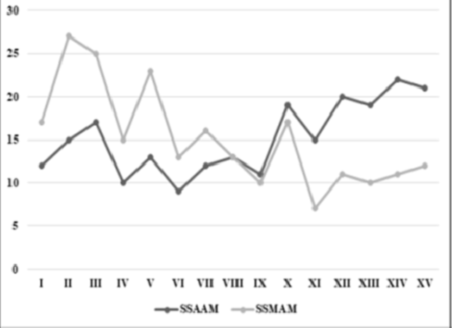


Indian Journal of Science and Technology
DOI: 10.17485/IJST/v13i35.1013
Year: 2020, Volume: 13, Issue: 35, Pages: 3600-3604
Original Article
Mohit Kumar Sharma1,2*, Amardeep Gupta3, Neeraj Puri4
1Research Scholar, Computer Science, Faculty of Computational Sciences, GNA University,Phagwara
2Assistant Professor (HOD), Computer Science, J.C. D.A.V. College, Dasuya, Hoshiarpur,144205, Punjab, India
3Principal, J.C. D.A.V. College, Dasuya, Hoshiarpur, 144205, Punjab, India
4Assistant Dean Research, GNA University, Phagwara, 144401, Punjab, India
*Corresponding Author
Email: [email protected]
Received Date:27 June 2020, Accepted Date:19 September 2020, Published Date:29 September 2020
Background/Objectives: The main purpose is to find the significance of Object-Oriented metrics on software design; metrics are related to minimizing class unused attributes and methods to maintain quality and complexity.Methods/Statistical analysis: Experimental analysis is utilized for validating findings. Mathematical properties are used for validation and evaluation outcomes. The purpose of experimental validation is to understand whether a measurement quantifies what it should quantify. MS-Excel is utilized as a metric computation and graph generation for fifteen project designs. Statistical analysis through SPSS tool of different inheritance categories as single, multiple, multilevel, hierarchical, and hybrid are utilized for metric results.Findings: SSAAM is suggested to give measurement results for counting public and protected attributes of all super and subclasses in the class inheritance hierarchy. SSMAM explores numeric value for computing public and protected methods of all super and sub classes in the class inheritance hierarchy. Higher results are computed of SSAAM and SSMAM, it shows more inheritance hierarchy utilized in the design. It assist in a controlled use of public/protected members in software design to minimize complications. Software design complications can be enhanced due to more use of protected and public members as well as decreased use of the concept of encapsulation.
Keywords: Metrics; quality; protected and public specifiers
© 2020 Sharma et al.This is an open-access article distributed under the terms of the Creative Commons Attribution License, which permits unrestricted use, distribution, and reproduction in any medium, provided the original author and source are credited. Published By Indian Society for Education and Environment (iSee).
Subscribe now for latest articles and news.